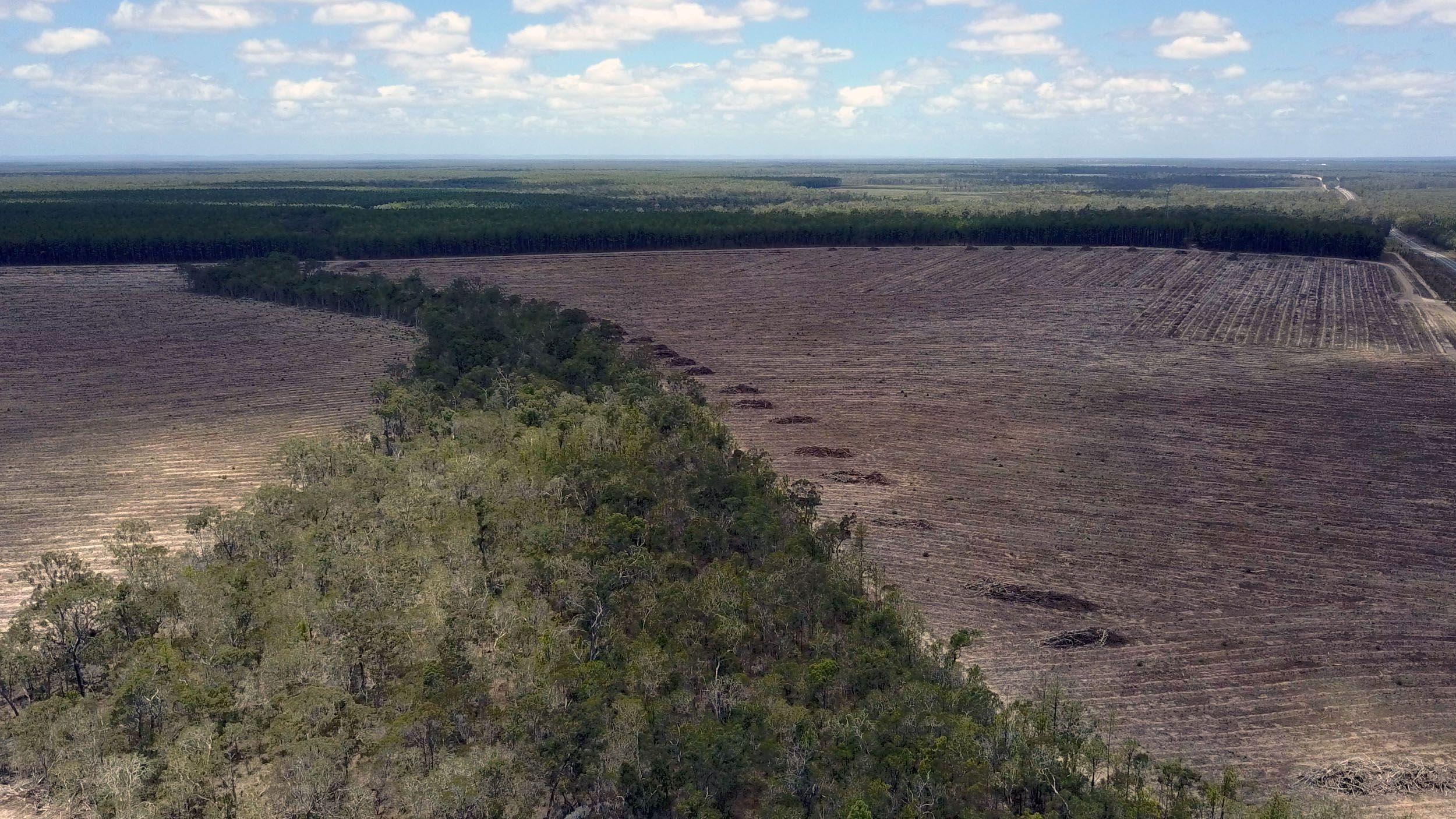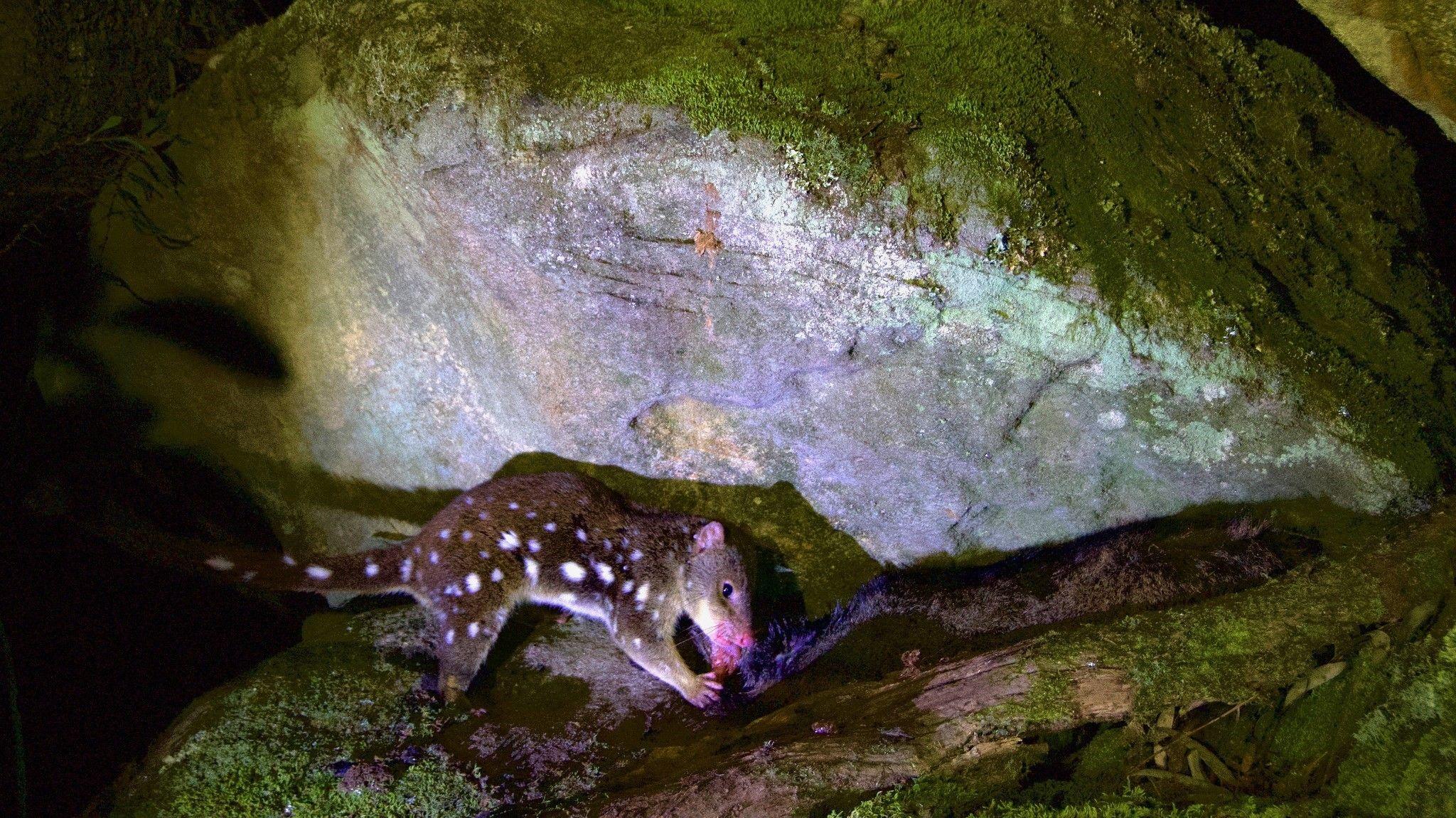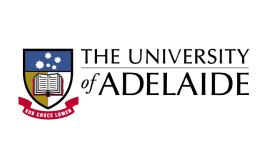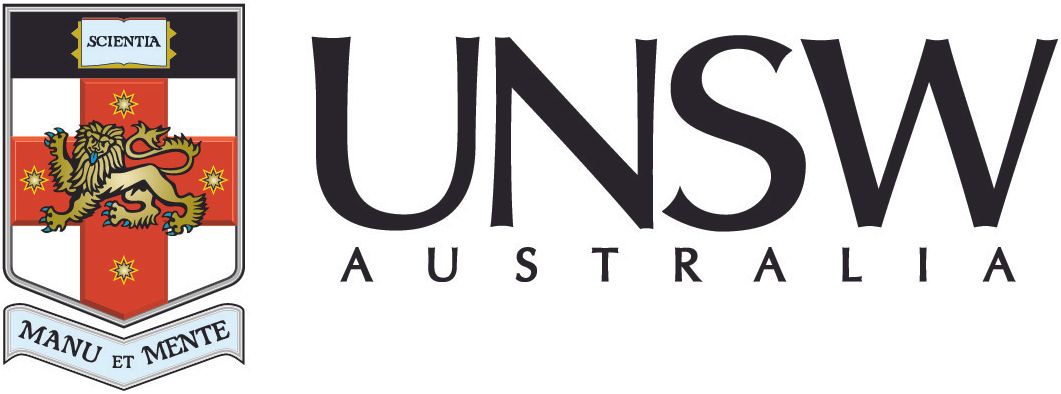New study finds EPBC Act assessment decisions are having little effect on reducing habitat loss for threatened species

Aerial shots of land clearing in Queensland. Image: Nicolas Rakotopare
News story
25 March 2024
A study by researchers at The University of Queensland has found that the EPBC Act is not delivering on its primary purpose of halting biodiversity loss.
A study by researchers at The University of Queensland has found that the EPBC Act is not delivering on its primary purpose of halting biodiversity loss.
Biodiversity Council Chief Councillor, Professor Hugh Possingham from The University of Queensland who is also a co-author of the paper, said that the study found that the habitat of threatened species continues to be lost, despite EPBC Act assessment processes.
“This is bad news for Australian biodiversity because habitat loss is known to be the primary cause of extinctions,” Prof Possingham said. The study’s lead author was PhD candidate Natalya Maitz from the Centre for Biodiversity and Conservation Science at The University of Queensland.
The study examined habitat loss in Queensland and New South Wales between 2000-2015 by projects referred to the Federal Government under the EPBC Act.
It found that 8,176 ha of threatened species habitat, 8,206 ha of migratory species habitat and 370 ha of threatened ecological communities was cleared by projects that the Federal Government had assessed as unlikely to have a significant impact. As they had been assessed as unlikely to have an impact, those projects were waved through without any further assessment or requirements to avoid, minimise or mitigate impacts to those Matters of National Environmental Significance (MNES).

82% of the potential spotted-tail quoll habitat that was cleared, occurred from projects which were assessed as unlikely to have significant impacts. Image: Monica Knipler, CC BY-NC via iNaturalist.
“We found no notable difference between the amount of habitat cleared under the two decisions. About half of the threatened species habitat loss we observed occurred from projects that the government had assessed as unlikely to have a significant impact,” Ms Maitz said.
“The legislation is failing to achieve its goal of conserving the habitat needed by Australia’s unique flora and fauna.
“Poor assessment decisions mean valuable threatened habitats are being cleared without undergoing further consideration of where mitigation measures and offsets can be applied to reduce overall impacts,” Ms Maitz said.
The Biodiversity Council welcomes the acknowledgement from Minister Plibersek in December that Australia’s environment laws are broken and require fundamental reform and the government’s commitment to make those reforms.
Prof Possingham says that, “Some of the essential reforms are quite simple - for example many species that have tiny distributions (often plants) are still losing habitat. Habitat loss for such restricted range species is unacceptable. Their entire habitat should be protected in no-go zones.
“Over the last 200 years Australian biodiversity has suffered catastrophic losses. Reforming the EPBC Act by implementing all of the recommendations of the Samuel Review (2020) is desperately needed to conserve Australia’s remaining biodiversity.
“So much of our way and quality of life, from healthy cropping systems, to clean water and good mental health depends on biodiversity.”
View the study at: https://conbio.onlinelibrary.wiley.com/doi/full/10.1111/csp2.12860













